The Sanxingdui site, located in the Sichuan Basin, is considered one of the most prominent symbols of prehistoric Chinese civilization. The discovery of this site not only provides valuable information about ancient Chinese history and culture, but also opens a new and challenging chapter for archaeology.
A large number of precious cultural relics have been excavated at Sanxingdui, including bronze, ceramics and jade. Among them, a bronze statue of a standing human measuring 2.62 meters in height and weighing more than 180 kilograms is the most prominent artifact.
The statue's unique eyes, exquisite craftsmanship and symbolic meaning have sparked much speculation and research among experts.
In addition, the discovery of many strange objects such as gold, ivory and seashells shows the frequent cultural and material exchanges between ancient people here and the outside world , proving a brilliant and influential civilization.
Since its first discovery in 1976 (although it was found by local farmers in 1929), Sanxingdui has revealed a large number of priceless cultural relics such as bronze, gold, jade and ivory, painting a mysterious picture of ancient culture (Photo: Sohu).
Current archaeological excavation results show that the Sanxingdui site can be divided into two main cultural areas, of which the core area represents the Bronze Age culture.
Surprisingly, the creators of these exquisite artifacts were not the ancient Shu people in the traditional sense, but may have been related to cultural groups of the Xia, Shang, and Zhou dynasties.
This discovery makes the formation process of the Sanxingdui culture and its connection with the Central Plains civilization more puzzling, challenging historical assumptions about unilinear civilization development.
Another mysterious point is the similarity between Sanxingdui culture and other ancient civilizations in the world.
For example, artifacts such as the standing bronze human statue and the golden rod share many similarities in form and function with the Mayan civilization and ancient Egyptian culture.
However, due to limited excavation data and only a small part of the site being explored (excavation work is strictly controlled to avoid damaging the site), the interpretation of the various symbols and patterns at Sanxingdui remains a conundrum for archaeologists.
Whether or not more historical mysteries can be discovered in future excavations remains a question worth pondering (Photo: Sohu).
Coincidence Mystery: The Shang Dynasty Collapsed and the Sanxingdui Treasure Was Buried
The connection between the collapse of the Shang Dynasty and the Sanxingdui culture remains a mystery upon a mystery. Analyzing the time nodes, archaeologists discovered that the burial time of a large number of precious cultural relics at the Sanxingdui site almost coincided with the collapse of the Shang Dynasty.
This coincidence raises a profound question: Why was the treasure of Sanxingdui buried after that historical event?
Some scholars have suggested that this was a historical sacrificial ritual. After the fall of the Shang Dynasty, the survivors of the Xia Dynasty may have held a grand sacrifice to commemorate this historical period and buried the cultural treasures of Sanxingdui underground as a farewell to the lost civilization and hope for future revival.
This explanation opens up the possibility of Sanxingdui cultural relic burial, but still leaves unanswered the question of why this burial method was chosen over others.
How did Sanxingdui come into being? What is its connection with the Xia and Shang dynasties in Central Plains? (Photo: Sohu).
Another controversial view is that the burials at Sanxingdui are related to the brutality of the Shang Dynasty, which may have destroyed and plundered the culture and relics of the Xia Dynasty during its reign.
In this context, the descendants of the Xia Dynasty may have buried these precious cultural relics out of a need to protect their heritage, preventing them from being destroyed by the tyranny of the Shang Dynasty.
This act was not a direct armed resistance, but an underground protest to protect the flame of civilization by burying cultural relics.
In this way, the descendants of the Xia Dynasty could hope to pass on these precious cultural heritages to future generations, hoping that one day the civilization could be restored.
This interpretation further imbues the act of burying cultural relics at Sanxingdui with a deeper historical significance. It is not only a mourning for a bygone era, but also a silent protest against the brutal actions of the Shang Dynasty.
The choice of burial rather than destruction or abandonment may have been a profound statement about the history of the Xia dynasty, expressing reverence for the past and hope for future revival.
This perspective makes the mystery of Sanxingdui all the more fascinating to explore.
However, the path to solving this mystery is still thorny. Due to the lack of clear historical documents and direct records, archaeologists can only rely on excavated artifacts, relics and interdisciplinary research methods to make inferences. To truly solve this historical mystery, it still takes a lot of time and continuous research efforts.
It is these unsolved mysteries that make the story of Sanxingdui so mysterious and fascinating, arousing our endless curiosity about the decline and transformation of ancient civilizations.
Uncovering the mystery of Sanxingdui requires us to dig deeper and explain ancient history (Photo: Sohu).
The story of the succession, decline and revival of civilizations during the Xia, Shang and Zhou dynasties, the mystery of the identity of Sanxingdui and the connection between the collapse of the Shang dynasty and the burial of cultural relics have all cast a veil of mystery over this ancient site.
Perhaps, with the constant advancement of archaeological technology and new discoveries, we will be able to see more clearly the truth about this mysterious cultural heritage.
Although the truth has yet to be fully revealed, we can only embrace curiosity and wonder, and look forward to the mysterious day of Sanxingdui that can bring us a more complete picture of history.
Source: https://dantri.com.vn/khoa-hoc/tam-tinh-doi-nen-van-minh-bi-an-va-kho-bau-chon-vui-thoi-nha-thuong-20250725073653324.htm


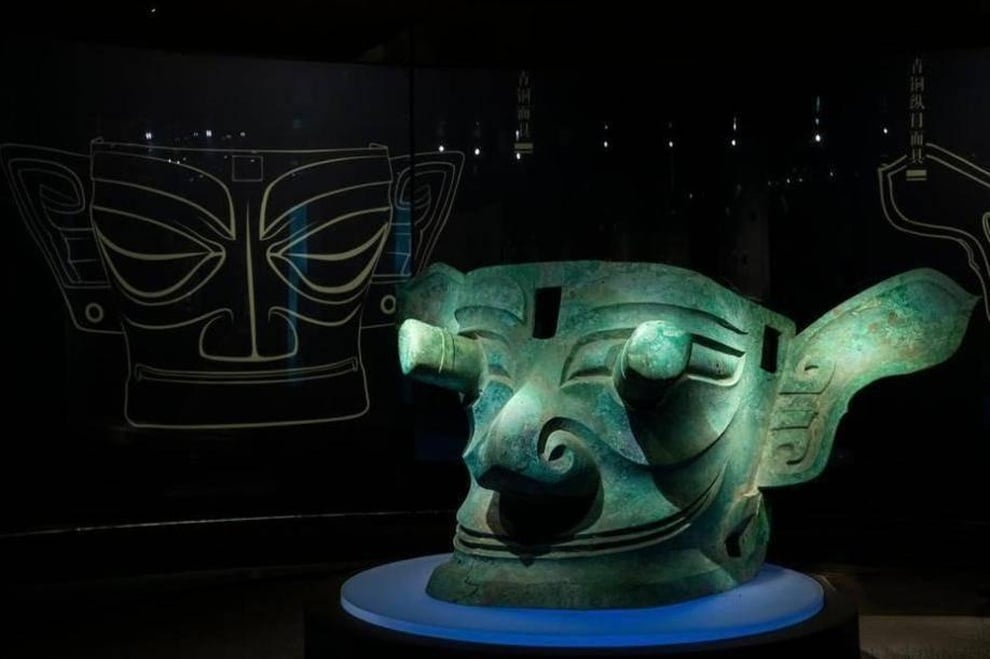
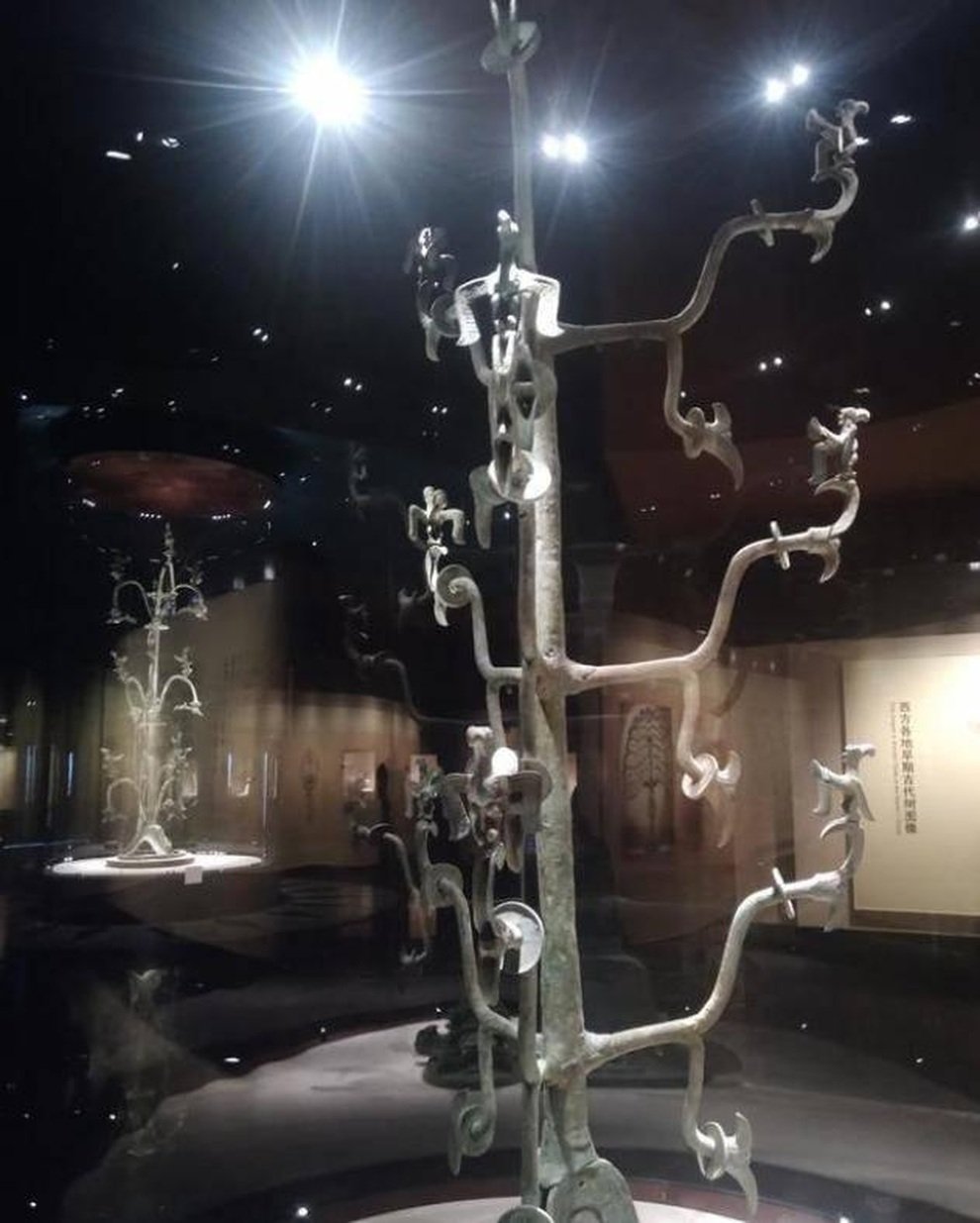
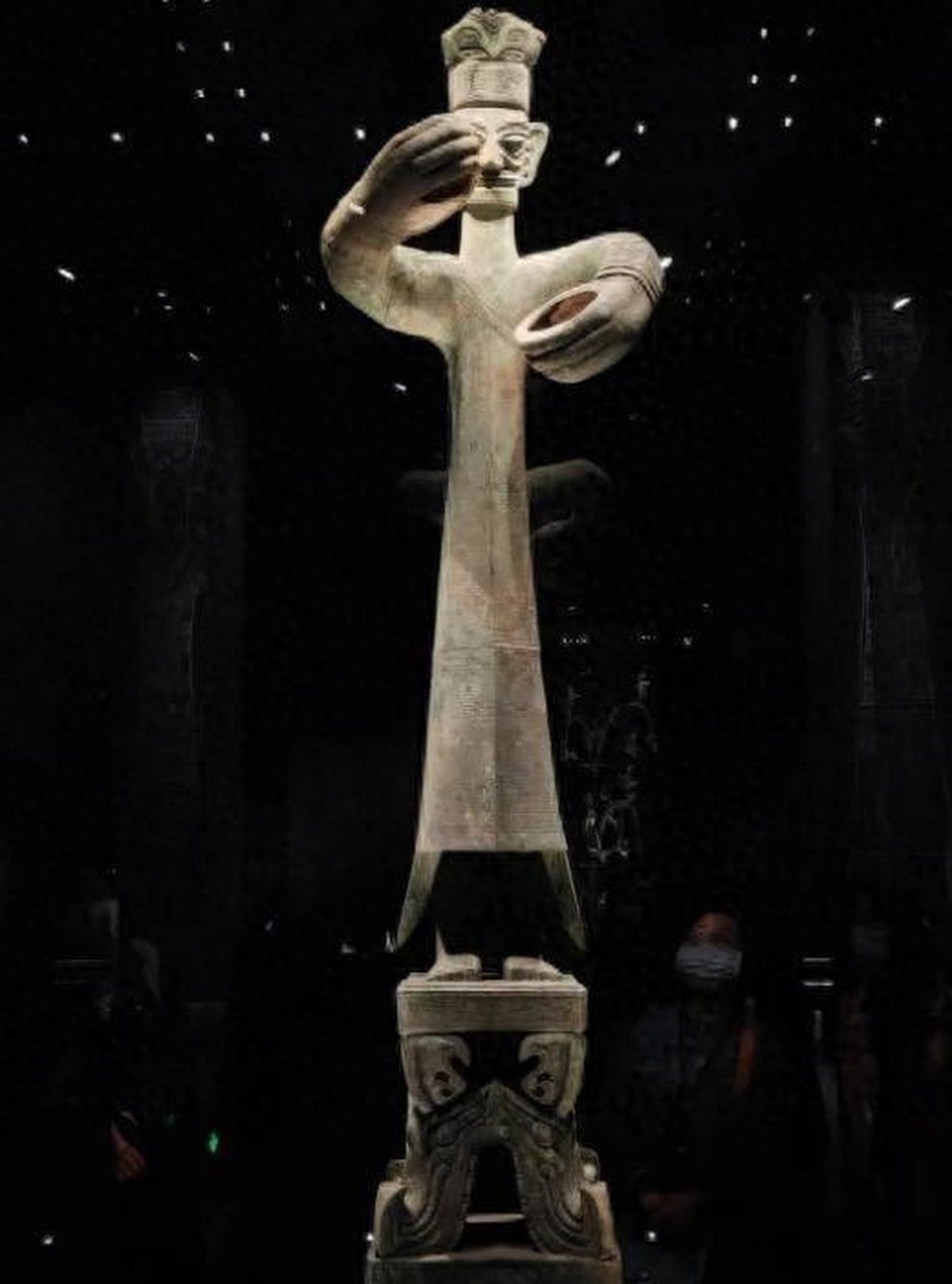
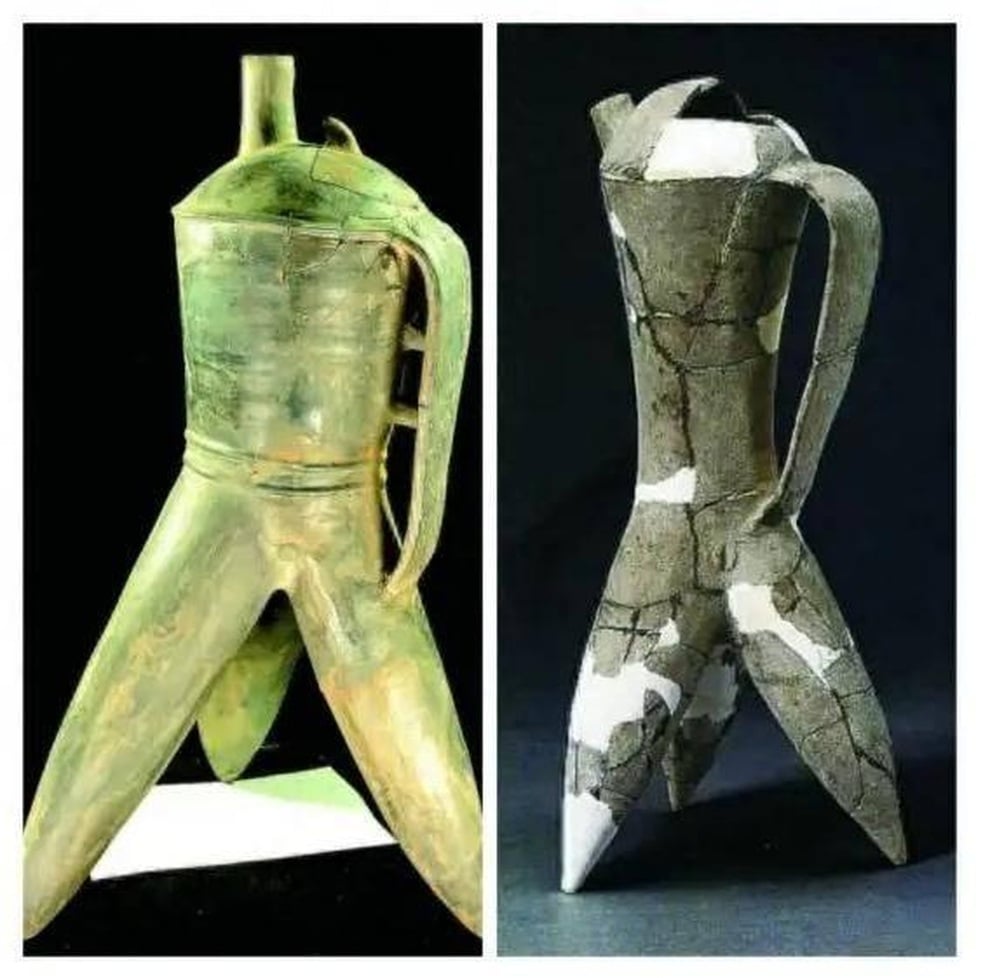

![[Photo] Da Nang: Hundreds of people join hands to clean up a vital tourist route after storm No. 13](https://vphoto.vietnam.vn/thumb/1200x675/vietnam/resource/IMAGE/2025/11/07/1762491638903_image-3-1353-jpg.webp)
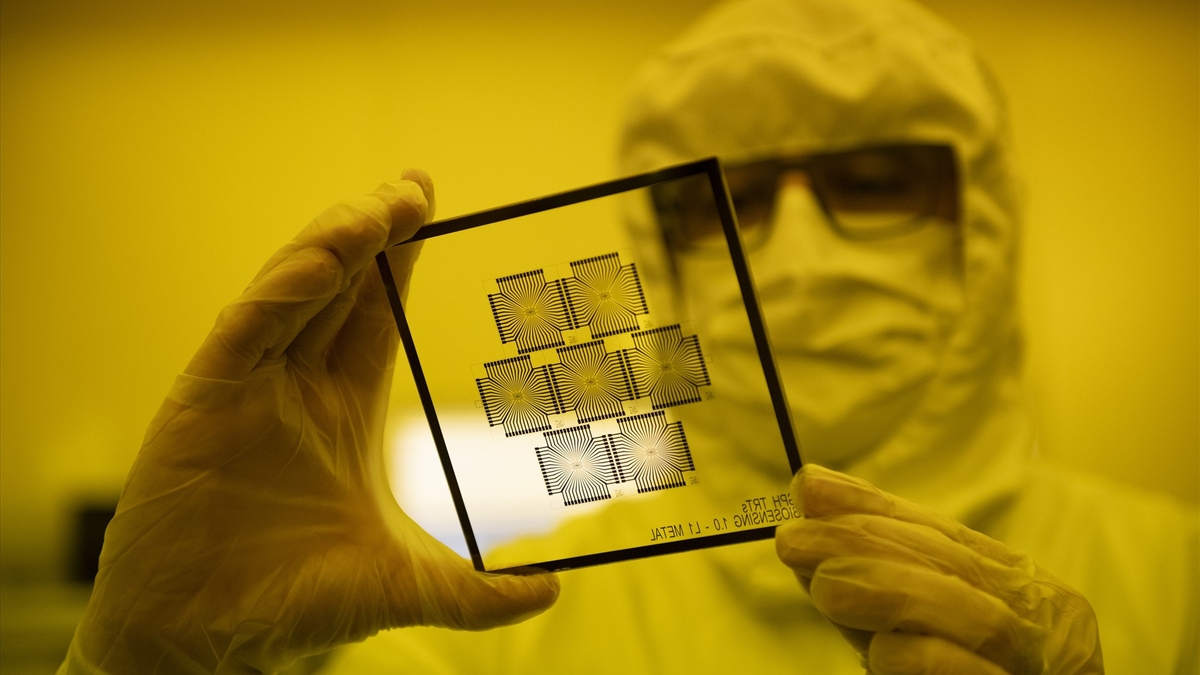



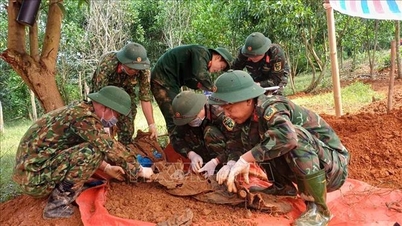



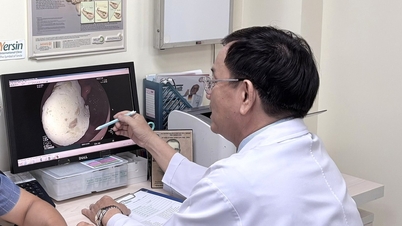

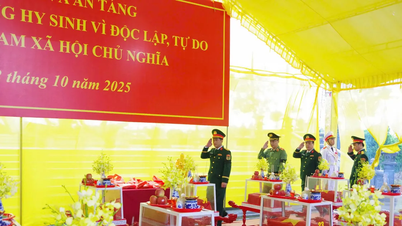


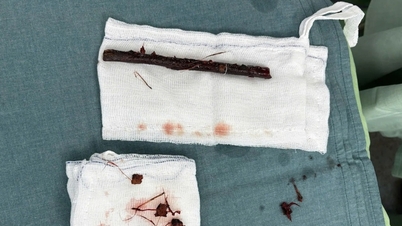






















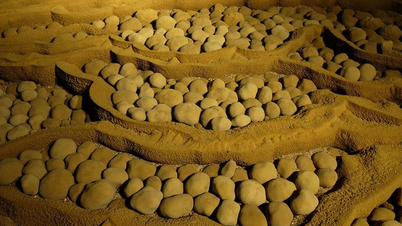

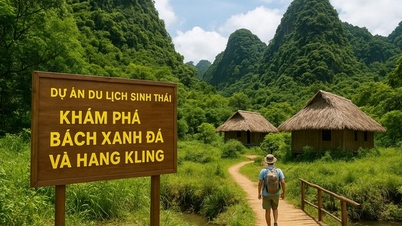




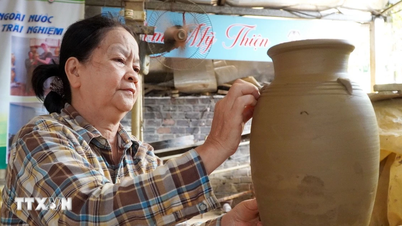

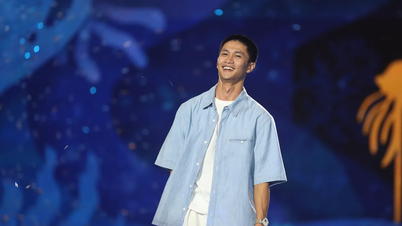

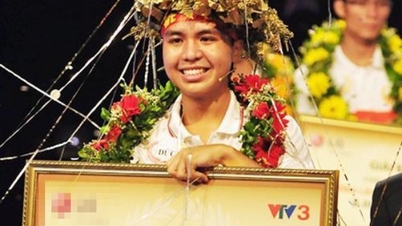


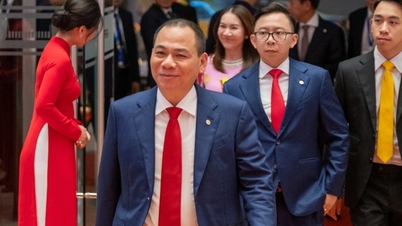
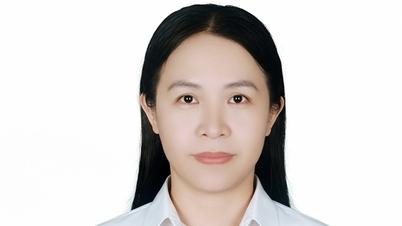


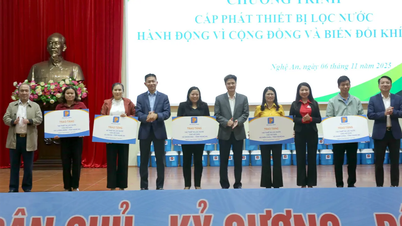


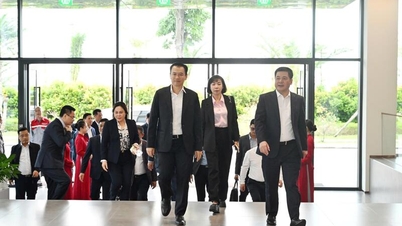
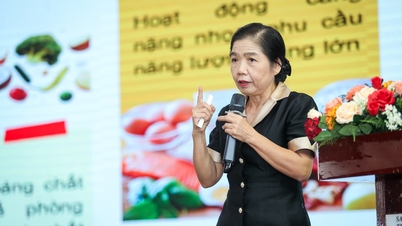
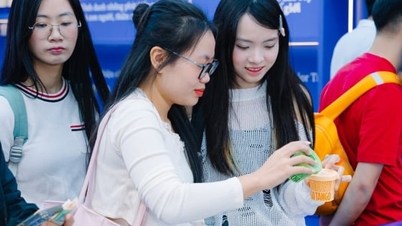








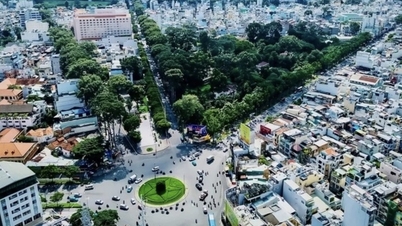


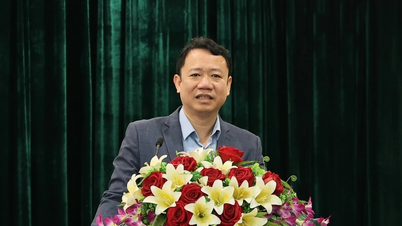
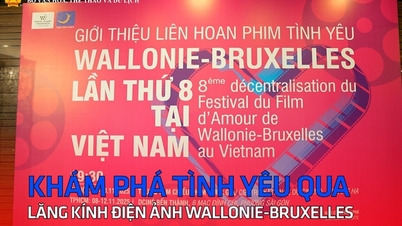

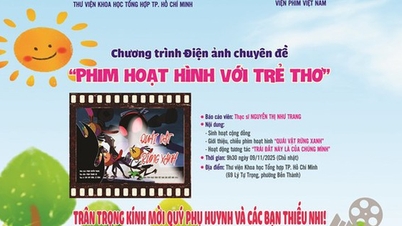

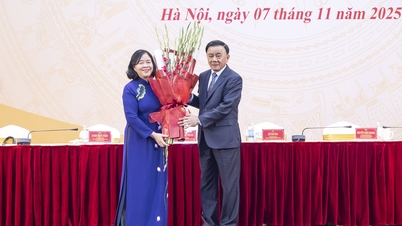


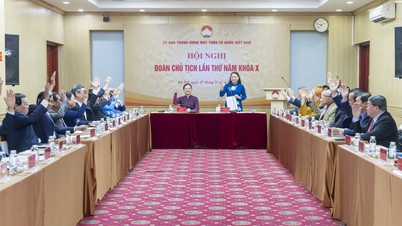






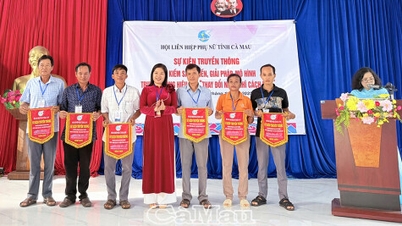

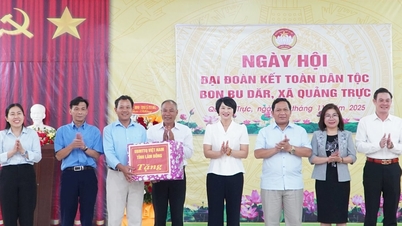















Comment (0)